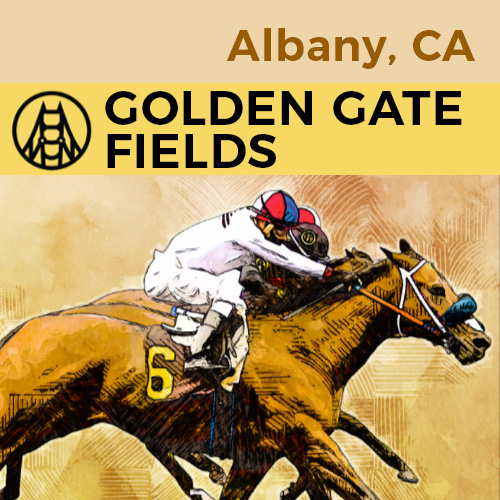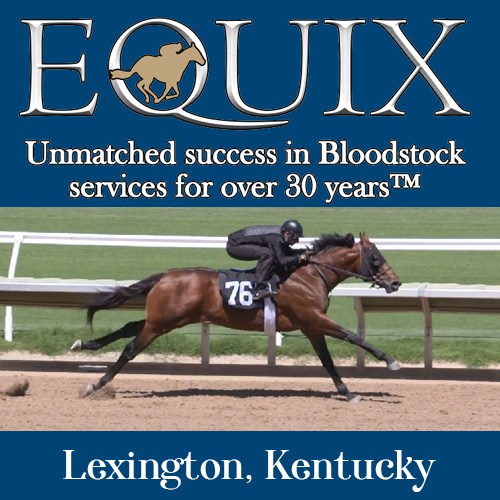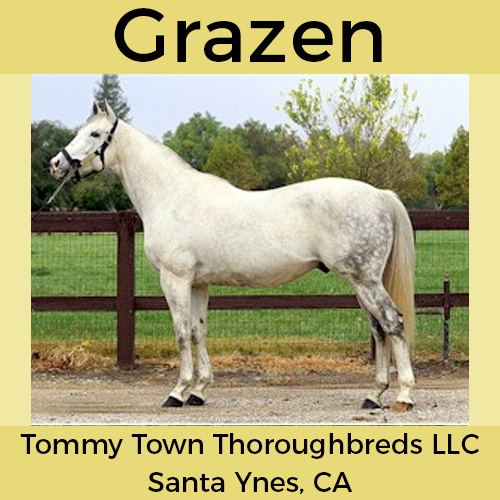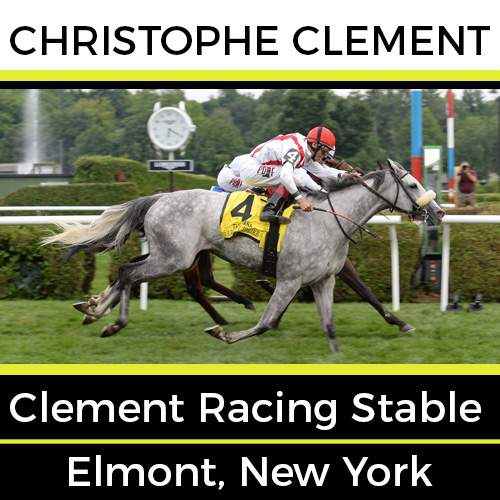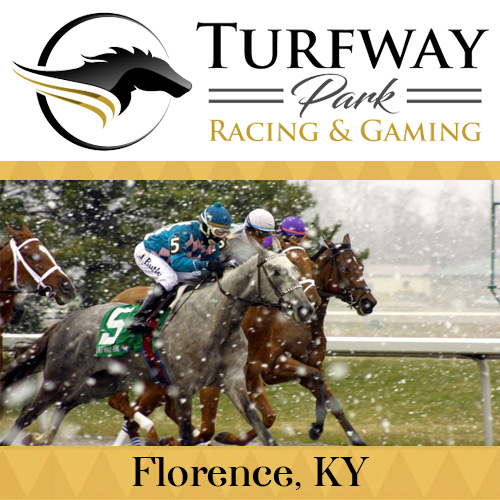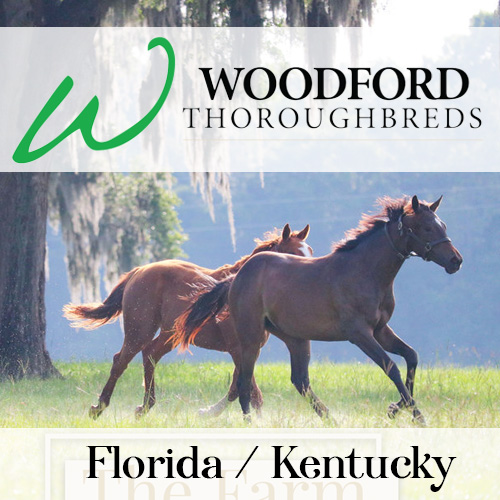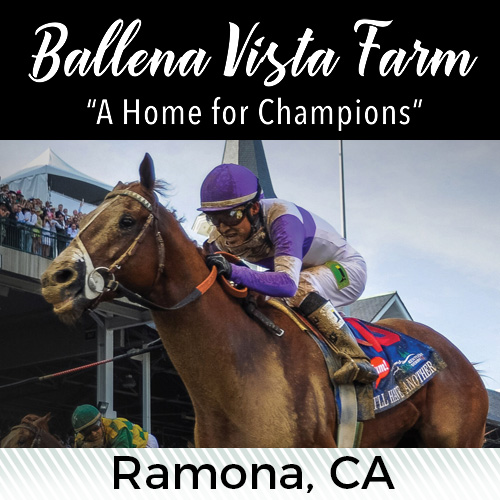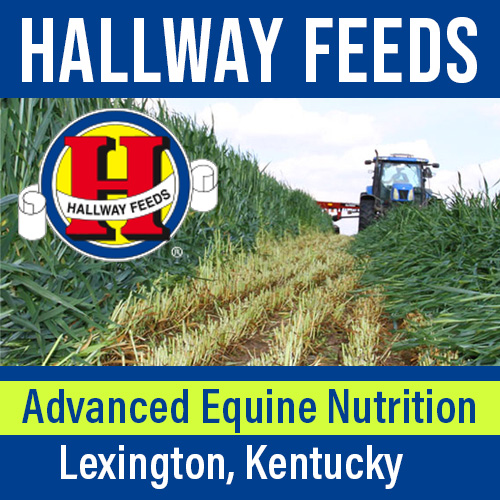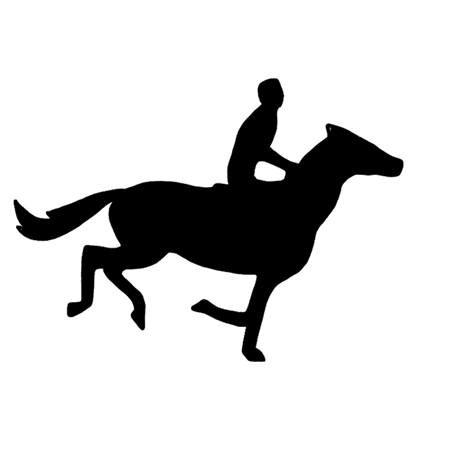The Interviews: Southern California Trainer Simon Callaghan
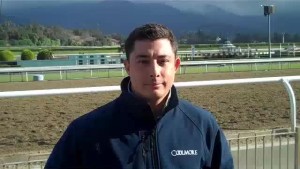 Up and coming trainer Simon Callaghan has made a huge impression on the Southern California racing scene since he arrived on these shores from England eight years ago. If it wasn't for a horse called American Pharoah, he would have already won a Kentucky Derby with Firing Line. Simon talked to Thoroughbred People about his experiences since coming stateside.
Up and coming trainer Simon Callaghan has made a huge impression on the Southern California racing scene since he arrived on these shores from England eight years ago. If it wasn't for a horse called American Pharoah, he would have already won a Kentucky Derby with Firing Line. Simon talked to Thoroughbred People about his experiences since coming stateside.
TBP: How did you first become interested in racing?
SC: My father, Neville Callaghan, was a trainer in Newmarket, England so I was interested in the horses and the sport from very early on. I became an exercise rider and assistant trainer to my father. I also rode as an amateur jockey in the UK in around twenty races and had a few winners.
TBP: What was your first experience of racing in the US?
SC: I came to the USA on a temporary basis to work for Todd Pletcher at Palm Meadows in Florida and Belmont Park, New York. I was here for about 12 months. It was amazing to work with Todd’s team and so many top class horses. I picked up so much good information and learned a lot from the experience. When I returned to England I took over the training operation there from my father who retired.
TBP: What was the catalyst that resulted in your move to the US?
SC: I was really interested in training over here after my experience working for Todd. I had some good owners/clients in the UK who had some well bred turf horses and we were interested in bringing them over here on a permanent basis to run in turf stakes races in California with the intention of earning some good money and black type. We had some early success with horses like Dubawi Heights and Belle Royal winning Grade 1 stakes races. It was tough at first to get new clients based here because I was somewhat labeled initially as a turf trainer, it took two to three years for that to change, but now things have transitioned. I still have turf horses of course but there are plenty of dirt runners owned by my US clients in the barn now.
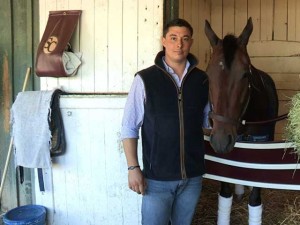 TBP: How difficult was it to adapt to training here as opposed to the UK and what are the main differences?
TBP: How difficult was it to adapt to training here as opposed to the UK and what are the main differences?
SC: In England the horses are trained at training centers and private facilities in the countryside away from the racetracks, whereas here in the US most horses are trained at the racetrack. Horses work in company with/against each other in England rather than alone against the clock. Here in the US we train and run on the same racetrack for the most part so the timing and clocking is more relevant here than it would be in England, where horses don’t train over the tracks they run on. In the UK and Ireland the tracks are all very different shapes and sizes, uphill, downhill, left handed, right handed etc. and there are more different types of ground conditions. There are quite a lot of differences but you just learn to adapt.
TBP: Tell us about your current training operation, approximately how many horses do you have in training at the moment?
SC: We have 45 horses in training now. Every year we have been growing and getting new clients. I’d like to get to around 6o horses here in California and then maybe have a string on the East Coast as well.
TBP: Do you have a particular style of training, if so how would you describe it?
SC: I don’t like to train my horses too hard for their first runs, I like to leave something in the tank to work on and see my horses improve over time. My horses typically don’t win first time out, they generally progress and move up from there first runs. Horses like Fashion Plate and Firing Line are examples of that.
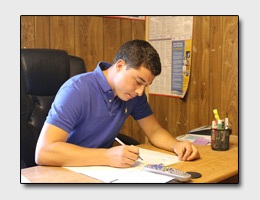 TBP: What parts of training do you enjoy the most?
TBP: What parts of training do you enjoy the most?
SC: The two year olds are one of my favorite parts of training, I love working with the young horses whose potential is unknown and bringing them along, I really enjoy that part of it all.
TBP: What parts of the job can you perhaps do without?
SC: I think the hardest part is making the phone call to the owner about an injury to their horse. I am very informative and upfront with my clients but that’s definitely one of the most unpleasant parts of the job.
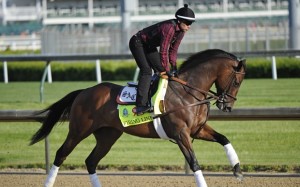 Apr 29, 2015; Louisville, KY, USA; Exercise rider Humberto Gomez works out Kentucky Derby hopeful Firing Line trained by Simon Callaghan at Churchill Downs. Mandatory Credit: Jamie Rhodes-USA TODAY Sports
Apr 29, 2015; Louisville, KY, USA; Exercise rider Humberto Gomez works out Kentucky Derby hopeful Firing Line trained by Simon Callaghan at Churchill Downs. Mandatory Credit: Jamie Rhodes-USA TODAY Sports
TBP: What sort of character was your Kentucky Derby runner up Firing Line, and did you know that he was something special before he ran?
SC: He was a gentleman to be around, very classy with a good mind. We knew from day one that he was a really good horse. We bought him at the breeze up sales for $240,000 and when we got him back to the barn his first piece of work was just spectacular so yes, we knew he was potentially top class.
TBP: Slim Shadey was a good horse who you had some great wins with shortly after you started training here, what was he like to be around?
SC: He was great, a big good looking dark bay horse, we won two Grade 2 stakes with him and he ran second in a Grade 1. He was a bit of a quirky character, very strong and tough to gallop in the mornings, he enjoyed being on the lead and didn’t like it so much if he was taken on early.
TBP: Of the other horses you have trained so far please tell us about some of your personal favorites and about their characters and personalities.
SC: Byrama was a great mare, she won a Grade 1 for us. She came a long way from breaking her maiden in England. Judy In Disguise was another great find by Aron Wellman of Eclipse partners. Fashion Plate was a very nice horse, mellow and sweet, it was very satisfying to find her at auction and see her do well as a racehorse. She won two Grade 1s, the Las Virgenes Stakes and the Santa Anita Oaks.
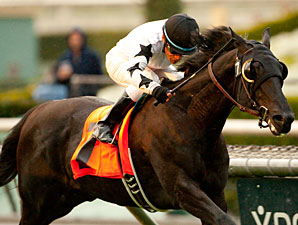 TBP: Do you find it harder to keep horses sound here racing on dirt tracks than on the turf in England?
TBP: Do you find it harder to keep horses sound here racing on dirt tracks than on the turf in England?
SC: Yes. Races here are run at a very fast pace from start to finish whereas in England they go slower early and finish faster. Over here you have to be tougher on them in training for them to be able to compete in faster early pace races, the turf and pace of racing in England is far kinder to them physically than the dirt tracks here. There is a much higher attrition rate here than in the UK.
TBP: You trained successfully in England completely without Lasix. Where do you stand on the Lasix debate?
SC: I would be perfectly ok with it if Lasix was banned on raceday. You are however definitely at a disadvantage right now if you run a horse that is not on Lasix against horses that are on Lasix. It needs to be a level playing field, but I could and would happily train and run horses without it if everyone else did.
TBP: When you were training in England what % of your horses running without Lasix would bleed in a race and how would you treat it?
SC: I’d say less than 5% would ever bleed. We would treat it by giving them some time off and turning them out for some R & R.
TBP: What is your opinion of what has happened with the synthetic track situation?
SC: The climate was the problem in California with the fluctuating temperatures from morning to afternoon. I was excited when they first went in as I felt it would be good for some horses, but the temperature was the problem for the rubber based surfaces they put in in Southern California. I think the Tapeta has performed a lot better than any of the other surfaces however. In an ideal world it would be nice to see a racetrack have all three – a turf, a dirt and a synthetic track.
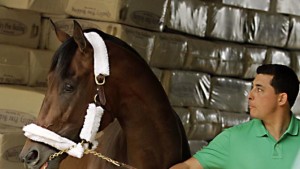 Trainer Simon Callaghan walks Kentucky Derby runner-up Firing Line in the stakes barn at Pimlico Race Course in Baltimore, Wednesday, May 13, 2015. The Preakness Stakes horse race is Saturday, May 16.(AP Photo/Garry Jones)
Trainer Simon Callaghan walks Kentucky Derby runner-up Firing Line in the stakes barn at Pimlico Race Course in Baltimore, Wednesday, May 13, 2015. The Preakness Stakes horse race is Saturday, May 16.(AP Photo/Garry Jones)
TBP: How do you feel about the state of racing and its customer appeal here in the US?
Here the really big events are as good as any major racing events in the world, but apart from that there are a lot of empty racetracks on the normal days. We need to be appealing to younger people and making it more of a social occasion. We could do with taking more breaks and time off as could the horses. I think it would help field sizes in the long run.
TBP: How many two year olds do you have in training this year and could you give Thoroughbred People the names of a couple you like?
SC: Yes we have around twenty two year olds this year. A couple of horses for people to look out for are a nice two year old by Friesan Fire called On Fire who should come on for their first run, and a Giant’s Causeway colt who Coolmore own, called Canada.
